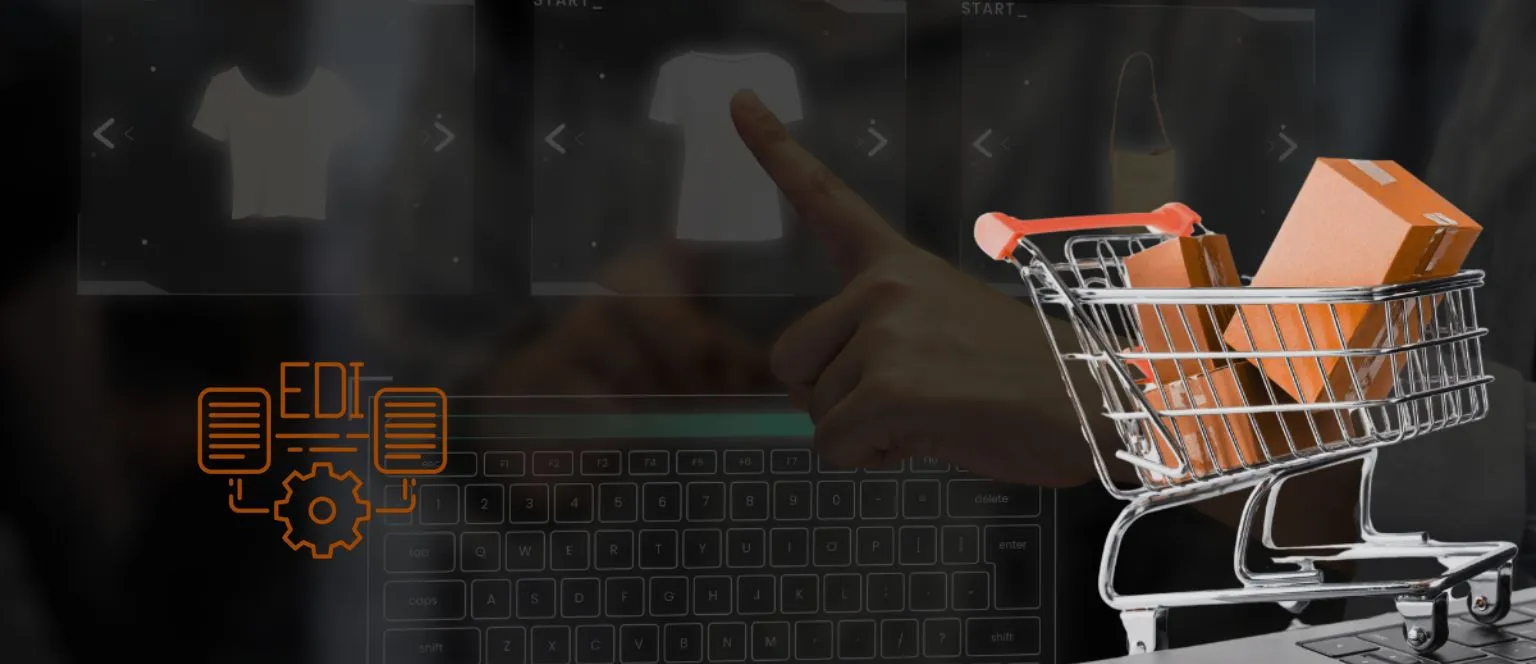By 2027 the worldwide drone software development market will cross 12.33 billion. So, it is growing at an unprecedented speed.
This shows how drones are completely transforming different industries like agriculture, logistics, and even construction. But, the primary attribute that comes along with the respective machines is the software. So, whether you are a business owner, leader, or developer, it is important to understand drone software development before moving ahead with your investment.
We are here to help you get a complete understanding of how to create reliable, innovative and scalable drone solutions. It will help you serve all your business needs.
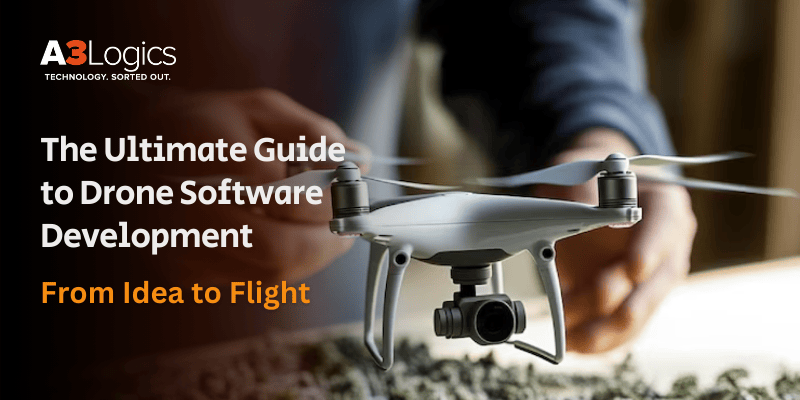
Table of Contents
What is Drone Software Development?
The process of creating, building, and deploying software allowing drones to carry out sophisticated activities either independently or under human supervision is called Drone Software Development. Acting as the brain of the drone, this software combines hardware like sensors, cameras, GPS modules, and network connections for flawless operation. The process involves several critical layers:
- Operating directly on the flight controller of the drone, runs real-time functions like stabilization, navigation, and sensor data processing.
- Offers pilots or automated systems interfaces to control emergency protocols, payloads, and flight trajectories.
- For uses including surveying, agriculture, and construction, Drone Mapping Software lets drones gather, process, and display geospatial data.
- Desktop or mobile apps allowing users to plan missions, track aircraft, and examine gathered data.
- Allow integration with third-party systems, cloud platforms, or bespoke corporate processes.
Key Takeaways for the Drone Software Market
Before moving ahead, it is important that you check with the numbers related to Drone Software Development. This will help you understand the impact it has made over the years and how things can be beneficial for you.
- Driven by sectors including agriculture, building, and logistics, commercial drones provide for more than 60% of software demand.
- For land surveying, mining, and infrastructure inspection, drone mapping software use is fast rising.
- North America, Europe, and Asia-Pacific are the top areas for Drone Software Development. India and China show notable expansion.
- Top Drone Control Software now standardises AI-powered capabilities including real-time data analytics, autonomous navigation, and object detection.
- Over 70% of drone operators plan missions, store data, and manage fleets using cloud-based systems.
- Large companies are driving custom enterprise software development as they look for customized solutions for data integration, security, and fleet management.

Key Components of Drone Software Architecture
Mentioned below are some of the essential companies that come along with drone software development that backs dependability, scalability, and flexibility.
1. Sensor Data Acquisition & Processing
Processing data in real-time, this module gathers information from onboard sensors like GPS, IMUs, cameras, and LiDAR. Advanced algorithms give correct situational awareness by filtering noise, calibrating readings, and fusing data streams. Applications like Drone Mapping Software and autonomous navigation depend on sensor integration.
2. Flight Control System (FCS)
Responsible for stabilizing the drone, carrying out flight commands, and controlling safety protocols, the FCS is the core of Drone Control Software. It maintains preferred flight courses by interpreting pilot input or autonomous instructions and modifying control surfaces and motor speeds. A strong FCS guarantees quick environmental change response and exact manoeuvring.
3. Communication System
A dependable communication system links the drone to other drones, cloud services, or ground control centers. This covers safe data protocols, 4G/5G modules, and radio transceivers. To keep connection and stop data loss, communication software controls telemetry, command delivery, and failsafe procedures.
4. Payload Management System
Many drones carry specialized payloads including cameras, sensors, delivery bundles, or agricultural sprayers. These gadgets are controlled by the payload management system, which also coordinates data collecting and power distribution. Custom payload integration is often a key differentiator for Drone Software Development Services.
5. Power Management System
Maximizing flying time and safety depends on effective power management. Should power levels fall, this program tracks battery health, forecasts remaining flying time, and activates emergency landing or return-to-home procedures. Advanced systems maximize energy consumption depending on mission profiles and payload requirements.
6. User Interface and Ground Control Station Software
The GCS and UI give users simple capabilities for data visualisation, real-time monitoring, and mission planning. Features could be mission logs, telemetry dashboards, live video feeds, and interactive maps. For both new and experienced users, a well-designed user interface is absolutely crucial since it improves usability and lowers operational risk.
7. Software Development Kit and API Layer
APIs and SDKs enable developers to create bespoke apps, connect with third-party systems, or enhance drone features. Leading software development services facilitate fast innovation and ecosystem expansion by providing strong flight control, data access, and cloud integration SDKs.
8. Operating System and Middleware
Most drones operate on lightweight Linux distributions or embedded real-time operating systems (RTOS). Middleware guarantees consistent data flow and resource management by handling communication between hardware, sensors, and application layers. Drone Programming Software is based on the OS and middleware, which help to enable modularity and scalability.
Must-Have Features For Drone Software Development
There are several features that make the drone so beneficial. To make it more clear, below we have specified some of the top The following are key features of any good drone software.
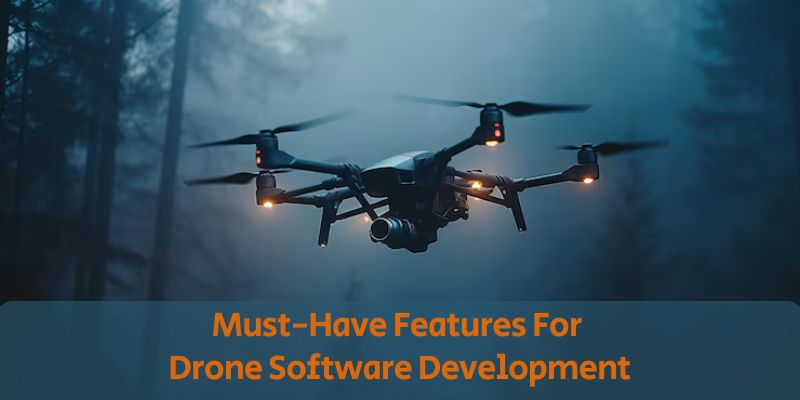
1. Real-time Telemetry and Monitoring
This feature shows customers real-time data such as battery status, speed, and height. It also enables you to track the drone’s position on a map display, hence providing essential performance information. Efficient telemetry systems provide rapid problem identification, hence ensuring safer operations and better mission decisions.
2. Intuitive Flight Control Interface
User involvement and operational efficiency depend on an intuitive flight control interface. It should be made simple so that pilots can easily steer the software. Usability is improved by features including simple iconography and drag-and-drop capability for mission planning. A well-designed interface reduces the learning curve, hence allowing experienced and new pilots to use drones comfortably and successfully.
3. Autonomous Mission Planning and Execution
Complex missions with little pilot involvement are made possible by autonomous mission planning and execution, which simplify drone operations. Users can set waypoints, define flight paths, and pre-program actions, enabling the drone to execute tasks autonomously. Applications like surveying and mapping, where accuracy and repeatability are vital, need this function. Autonomous features not only improve efficiency but also lower the possibility of human error during flight.
4. Payload Management and Control
Maximizing a drone’s usefulness depends on efficient payload management and control. This feature involves monitoring the status of payloads, such as cameras or sensors, ensuring they are functioning correctly during flight. Intuitive control interfaces also let operators change payload configurations on the fly. Users can improve data quality and mission performance by means of optimized payload management, hence maximizing the potential of their drone.
5. Logging and Analysis
Evaluating drone performance and mission success depends on data logging and analysis. This function keeps track of sensor data and flying metrics for subsequent analysis. Logged data analysis helps users to understand operational efficiency, spot abnormalities, and make educated changes for future trips. Thorough data analysis improves the general efficiency of drone operations and helps ongoing development.
6. Safety Features and Alerts
In drone software development, safety features and alarms are non-negotiable, hence guaranteeing user and public safety during operations. This covers pilot action critical alerts, obstacle detection, and low battery warnings. Comprehensive safety measures help developers to reduce the possibility of accidents and guarantee adherence to aviation rules. Robust safety features not only safeguard the drone but also improve user confidence and trust in the application.
7. User Management and Security
Protecting sensitive data and guaranteeing safe operations depend on user management and security features. Included in them are safe authentication, user roles, and permissions controlling access to several activities. Strong security policies help developers to protect user data and keep operational integrity. Good user management helps to provide a safe working environment by promoting confidence and adherence to industry standards.
8. Software Updates and Maintenance
Ensuring the lifetime and dependability of drone software depends on software updates and maintenance. Regular updates can fix security holes, improve performance, and offer new features. Organized update procedures help developers to maintain the program effective and current. Good maintenance techniques help to guarantee that the drone runs best over time and improve the user experience.
9. Integration Capabilities
Drone software’s adaptability is increased by integration possibilities via Application Programming Interfaces and Software Development Kits . These capabilities let programmers link services and third-party apps, hence increasing the utility of the product. Developers can promote an ecosystem supporting many use cases and improves the general user experience by means of smooth integration. Adapting to changing market needs depends on this extensibility.
These are the features that make the drone software complete in every which way. It helps businesses get the maximum benefit. But, if you are thinking how to convert this drone software idea into reality, then the answer is given below. Read on.

How to Turn a Drone Software Idea into a Viable Project?
Below are the essential steps that you must understand about in detail to move ahead with drone software development. Check it out
1. Defining Idea
Clearly defining the idea starts the process of creating drone software. This means knowing the particular issue your software intends to address or the distinctive qualities it will provide. Market research can help confirm your concept by guaranteeing demand for your solution. Clearly expressing your vision will help to direct following development phases and maintain the focus of your project in line with user requirements.
2. Platforms Overview
Successful software development depends on a complete knowledge of current drone platforms and ecosystems. Get to know different hardware setups, communication methods, and legal criteria. Design decisions and the marketability of your software will be guided by compatibility with well-known drone types and ecosystems. This information guarantees that your product complies with industry standards and smoothly interacts with current technologies.
3. Choosing Your Technology Stack
Efficient development and performance depend on the choice of appropriate technological stack. Think about elements like programming languages, frameworks, and tools that best fit your project needs. A well-chosen tech stack will simplify the development process, improve software performance, and allow expansion. Evaluate the benefits and drawbacks of several alternatives to guarantee that your technology selections fit your project objectives.
4. Designing
Ensuring scalability and maintainability depends on a strong software architectural design. This calls for specifying important elements including the user interface, data management systems, and communication protocols. A well-organized design simplifies future modifications and enables effective cooperation among development teams. To fit changing user needs and technology developments, give your design priority for modularity and adaptability.
5. Developing Drone Control Software
Ensuring safe and efficient operations depends on creating core drone control software. This calls for real-time monitoring, navigation, and flight control algorithm application. The software has to be performance- and reliability-optimized so that the drone can react fast to human inputs and environmental changes. The software has to be tested rigorously during this step to guarantee it satisfies performance and safety criteria.
6. Developing Ground Control Station Software
Managing drone operations and tracking flight status depends on Ground Control Station software. Mission planning, real-time telemetry, and data visualisation should all be made easier by this program. Concentrate on developing intuitive and responsive controls that let operators run several drones efficiently. To guarantee best performance and communication, GCS software has to additionally interact smoothly with the drone’s onboard systems.
7. Integrating Payload Software
Specific features such data collecting and imaging are made possible by integrating payload software. This means creating interfaces that let the drone and its payloads, like cameras or sensors, interact smoothly. To guarantee compatibility and dependability, consider the particular needs of various payloads. Efficient integration increases the general usefulness of the drone, hence qualifying it for a broad spectrum of uses.
8. Implementing Communication Protocols
Maintaining a consistent connection between the drone and its control systems depends on strong communication protocols being followed. This calls for creating consistent data communication techniques guaranteeing command execution and real-time telemetry. To improve responsiveness and safety throughout operations, give low-latency communication a priority. Ensuring efficient coordination among several systems and improving the general dependability of drone operations depend on strong communication protocols.
9. Testing
Ensuring the dependability and safety of drone software depends on thorough testing and validation. Test extensively in several situations to find and fix possible problems. This covers stress testing under various circumstances, performance assessment, and functional testing. Validation guarantees the program satisfies user expectations and legal requirements, hence improving general quality and safety before release.
10. Deployment and Maintenance
The last stages in getting your drone software to market are deployment and maintenance. Make sure the product is correctly set up and installed for users, hence offering sufficient documentation and help. After deployment, give continuous maintenance top priority; this includes user feedback implementation and consistent updates. Good maintenance techniques will guarantee the software stays current and working with time and improve user happiness.
So, these are the essential steps followed to complete the drone software development project. To make it more clear, below we highlight the tech-facilities required to complete the project. Check it out.
Tech Stacks Required to Develop Drone Software
A well-structured tech stack is essential for optimizing performance, ensuring scalability, and supporting the unique needs of drone operations.
1. Embedded Software (Onboard the Drone – Flight Control, Sensor Processing)
- Programming Languages – C/C++, Python, Rust
- Real-Time Operating Systems (RTOS) – FreeRTOS, Zephyr Project, PX4, ArduPilot, Commercial RTOS
- Microcontroller Architectures – ARM Cortex-M Series, STM32 Family (ARM Cortex-M), NXP i.MX Series (ARM Cortex-A), NVIDIA Jetson Series (ARM Cortex-A + GPU), FPGA (Field-Programmable Gate Arrays)
- Communication Protocols (Onboard) – UART, SPI, I2C, CAN Bus, USB, Ethernet
- Middleware and Frameworks (Onboard) – ROS 2 (Robot Operating System 2), MAVLink
2. Ground Control Station (GCS) Software (Desktop, Web, Mobile)
- Programming Languages – C++/C#, Python, Java, JavaScript/TypeScript, Swift/Kotlin
- UI/UX Frameworks and Libraries – Qt, .NET (WPF/WinForms), React, Angular, Vue.js, SwiftUI (iOS), UIKit (iOS – older), Jetpack Compose (Android), XML Layouts (Android – older)
- Mapping and Geospatial Libraries – Leaflet, Mapbox GL JS, OpenLayers, GDAL (Geospatial Data Abstraction Library), Proj4
- Communication Protocols (GCS) – MAVLink, WebSockets, RESTful APIs, Telemetry Protocols
Backend Technologies (for Web/Cloud-based GCS) –
- Programming Languages: Python (with frameworks like Django or Flask), Node.js, Java (with Spring), Go, Ruby on Rails.
- Databases: PostgreSQL (with PostGIS extension for geospatial data), MySQL, MongoDB, cloud-based databases (AWS RDS, Google Cloud SQL, Azure SQL Database).
- Cloud Platforms: AWS, Google Cloud Platform, Microsoft Azure for hosting, data storage, and various services.
- Message Queues: RabbitMQ, Kafka for asynchronous communication between backend services.
3. Simulation and Testing
- Simulation Environments – Gazebo, AirSim (Unreal Engine-based), FlightGear. These often have Python APIs for scripting and integration.
- Testing Frameworks – Unit testing frameworks (e.g., JUnit, Pytest), integration testing tools.
Drone Software Development: Cost Estimation
Several important elements affecting general budgeting help one to estimate the cost of drone software development. Project scope, complexity, and planned features are significant concerns. Usually, prices vary from tens of thousands to several hundred thousand dollars based on the particular needs.
First, it is absolutely essential to define the range. A simple drone application can call for less money than a complex system with advanced capabilities including real-time data analysis and autonomous navigation. Development time and resource requirements are directly affected by the complexity of the product.
The selection of technology stack then becomes quite important. Though they could incur license costs, using well-known frameworks can cut development time. Including sophisticated technologies like machine learning or sophisticated data visualisation would also significantly raise expenses.
The budget is also influenced by team makeup. The total cost is influenced by experienced programmers, UX/UI designers, and project managers. While outsourcing to specialised companies could save money, it calls for a close decision to guarantee quality.
At last, the projected cost should include continuous maintenance and updates. Software adds to the overall cost over time by needing regular upgrades, security patches, and maintenance.
Ultimately, correct cost forecasting for drone software development calls for a comprehensive knowledge of project needs, technology, team dynamics, and continuous maintenance requirements. Careful analysis of these elements will help companies create a reasonable budget that fits their expectations and objectives.
Top 5 Examples of Drone Software in 2025
As drone technology advances, many software programs have become well-known in the field. These drawings show innovative concepts and various applications in several sectors.
1. DJI Go 5
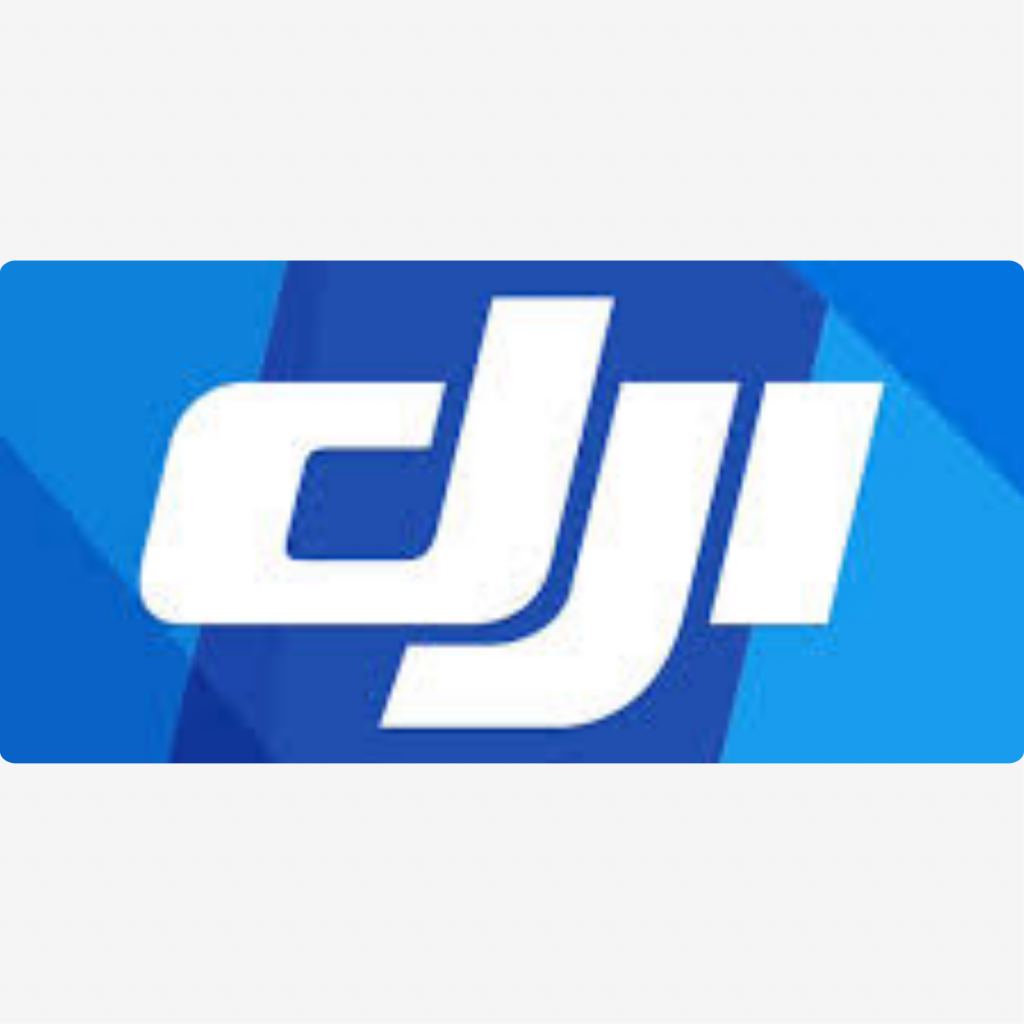
Its simple design and strong capabilities let experts and new pilots realize the potential of their drone. The app improves the flying experience by integrating well with DJI drones.
2. AirMap
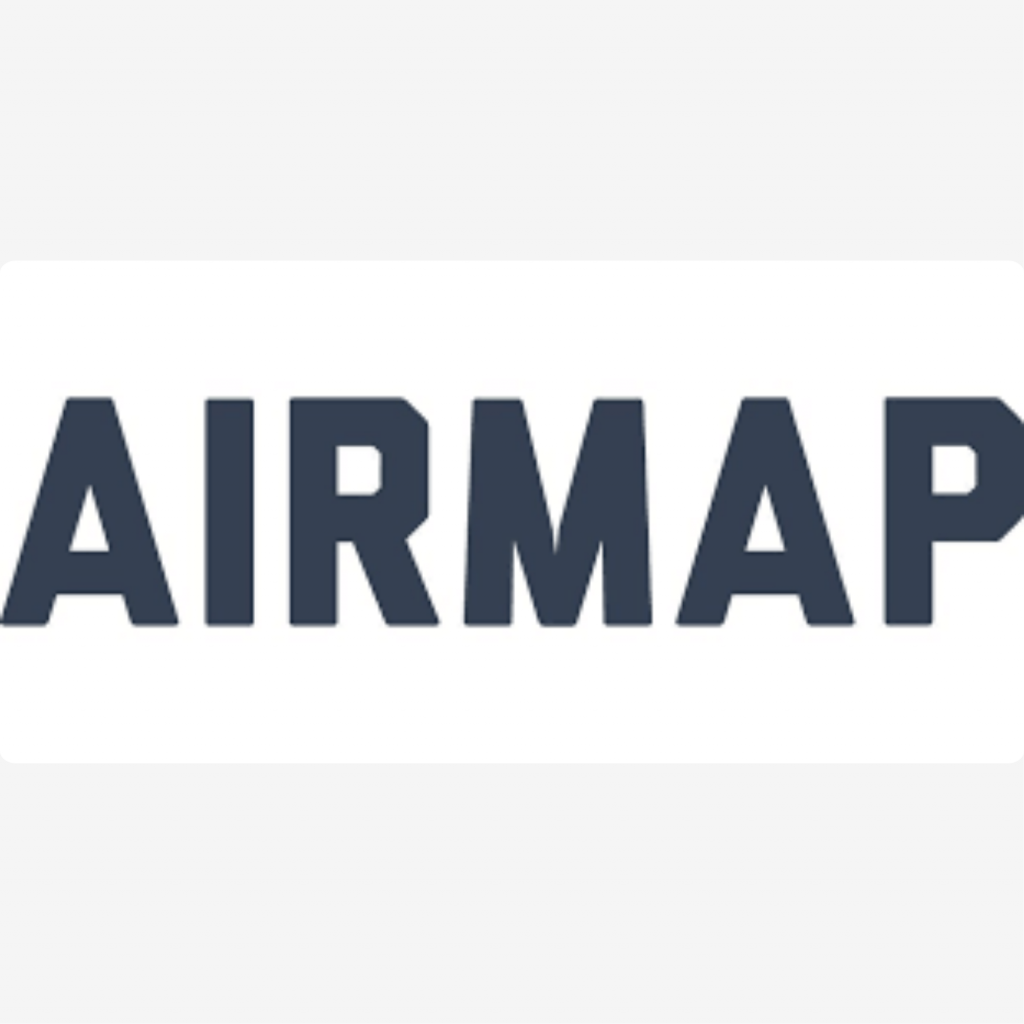
AirMap is a leading airspace management platform designed for drone operators. It provides real-time information on airspace regulations, no-fly zones, and weather conditions.
3. DroneDeploy
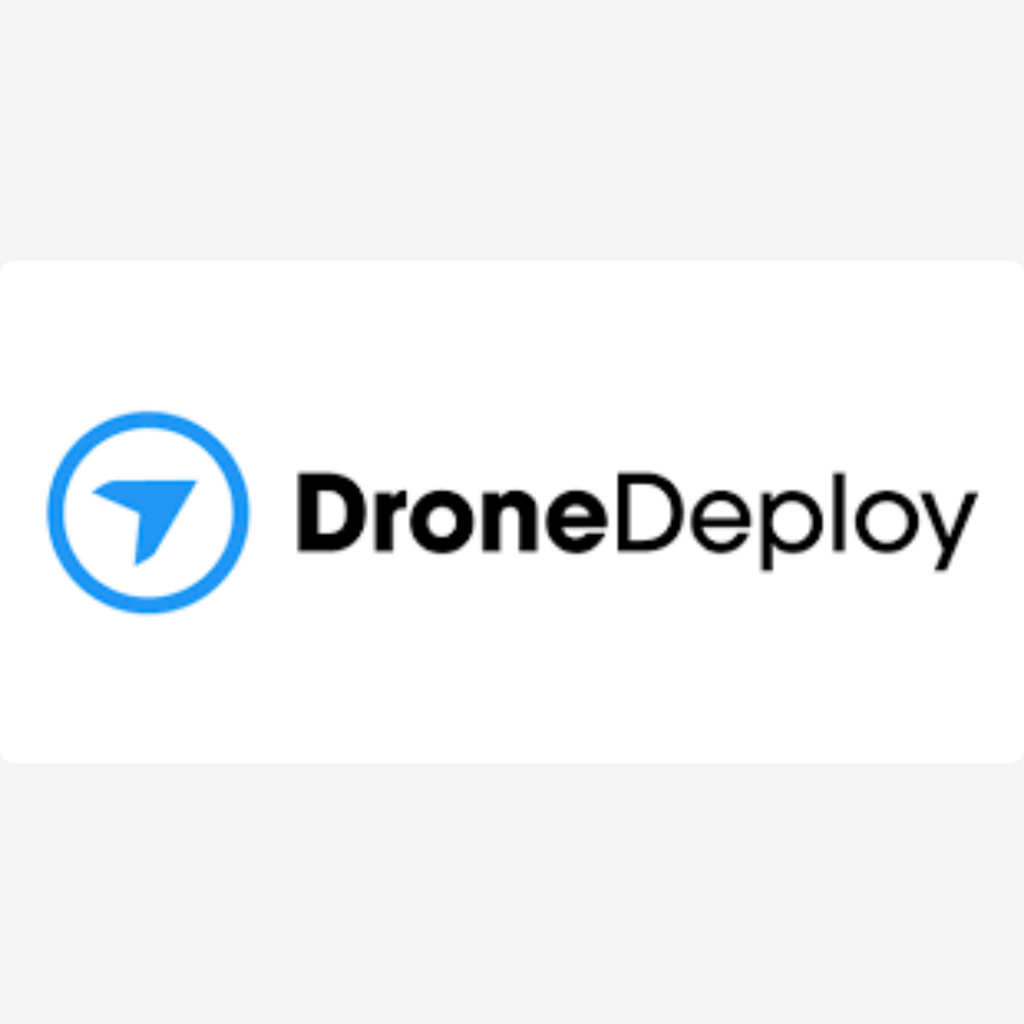
The platform’s simple interface streamlines data collecting and processing, so appealing to experts looking for precise insights.
4. DroneLogbook
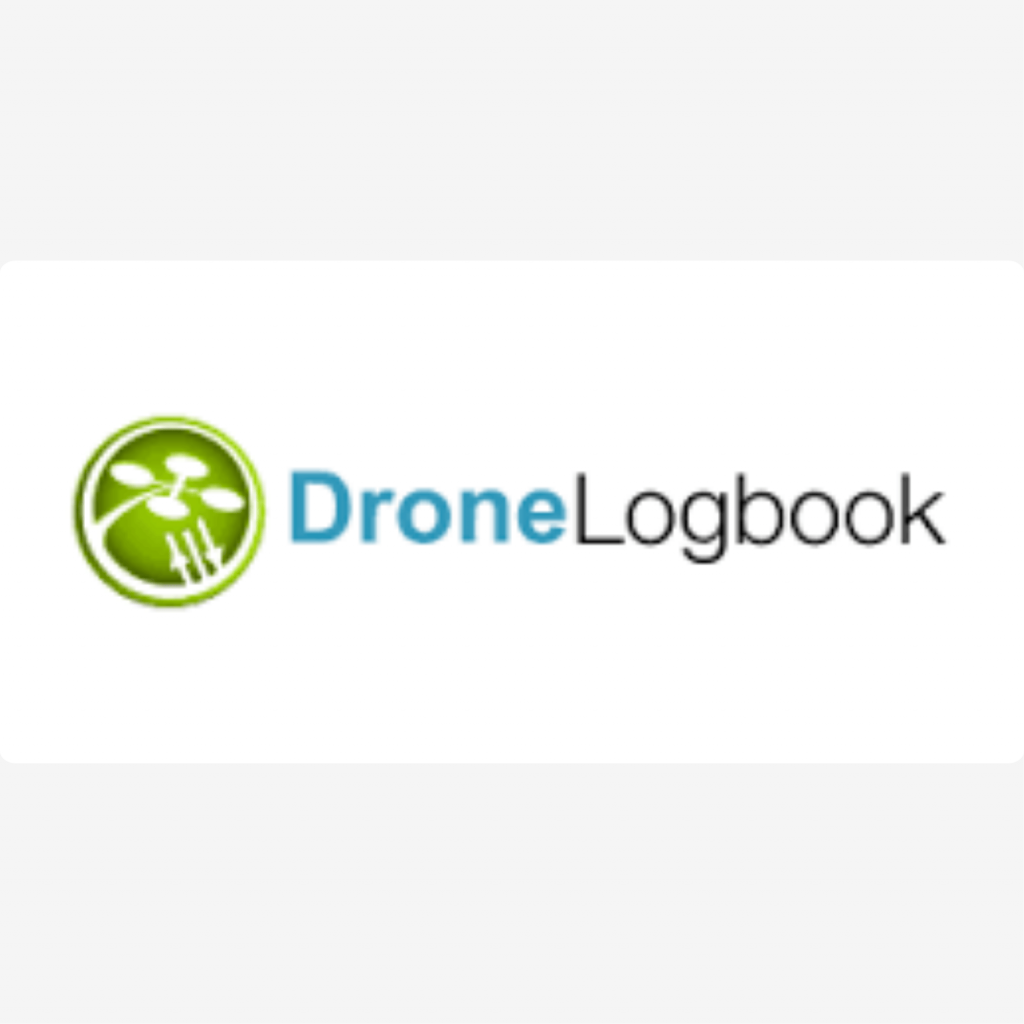
Designed for drone operators to monitor flight data, maintenance records, and compliance, DroneLogbook is a digital logbook. Its simple design makes it available for different users throughout the sector.
5. Airdata UAV
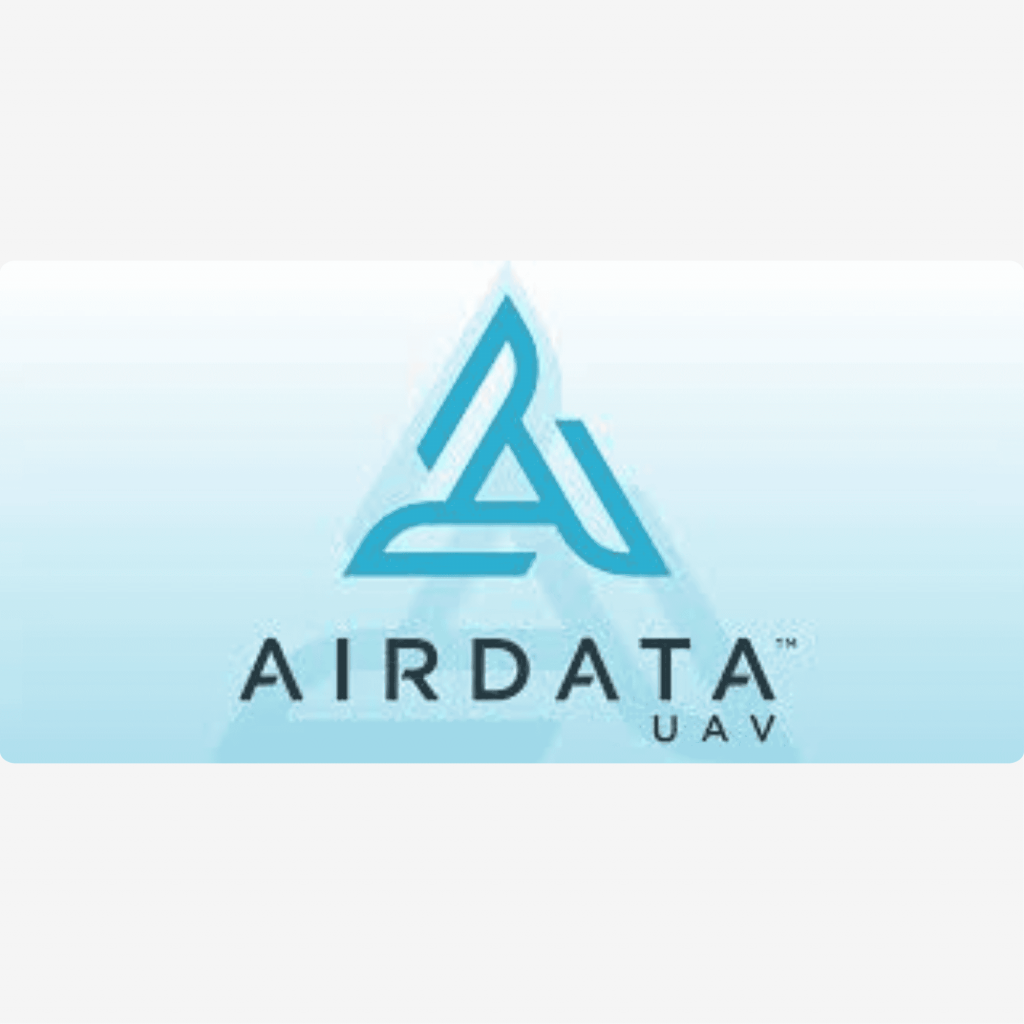
Airdata UAV offers thorough maintenance tracking and flight analysis for drone operators. This program compiles flight data to provide performance and safety analysis.
Emerging Drone Software Development Trends for 2025 and Beyond
Rapidly evolving, the drone software landscape is being driven by new trends. These developments represent technology progress and changing consumer demands, hence paving the way for innovative applications.
Drone software is being combined more and more with artificial intelligence (AI) and machine learning. These technologies improve decision-making and operational efficiency by allowing drones to examine data in real-time. Transforming how drones operate in complicated environments, AI-driven technologies including obstacle identification and autonomous navigation are becoming standard.
Advanced analytical techniques are increasingly necessary as drones gather large amounts of data. From agriculture to construction, software that can analyze and interpret this data will offer insightful analysis across several sectors. Improved data analytics tools enable users to optimize processes depending on real-time data and help them to make educated judgments.
Now, to imply these future trends, it is important that you connect with the right company to help you out. This is where A3Logics can do the job for you. If you are thinking about how, then read on the section below.

How can A3Logics Help in Developing Drone Software?
A3Logics, a top provider of technological solutions, focuses on drone software creation. A3Logics can assist companies negotiate the complexity of drone technology and design customized solutions using its knowledge and creative ideas.
Our tailored drone software development consulting services are meant to fit certain company demands. The team creates apps improving operational efficiency and user experience by means of client need knowledge. Customized solutions guarantee that companies may make good use of drone technology to reach their objectives.
A3Logics can include sophisticated capabilities into drone software by means of a thorough knowledge of emerging technologies including artificial intelligence and machine learning. This knowledge helps to create smart applications improving automation, data analysis, and operational decision-making, hence enabling customers a market edge.
These aspects show how we at A3Logics can make a difference. Consult now.
Final Thought
Hopefully, you have got complete clarity about how to move ahead with Drone Software Development. It is certainly the driving force for the next gen and that too in every industry. So, if you are thinking about investing in Drone Mapping Software, then you must consider connecting with the experts in the business. This is where you can consider knocking on the doors of A3Logics.
We are a reliable Drone Software Development Company to help you with customized solutions that ticks all the boxes. Consult now and get all the needs served in the most proficient manner.


